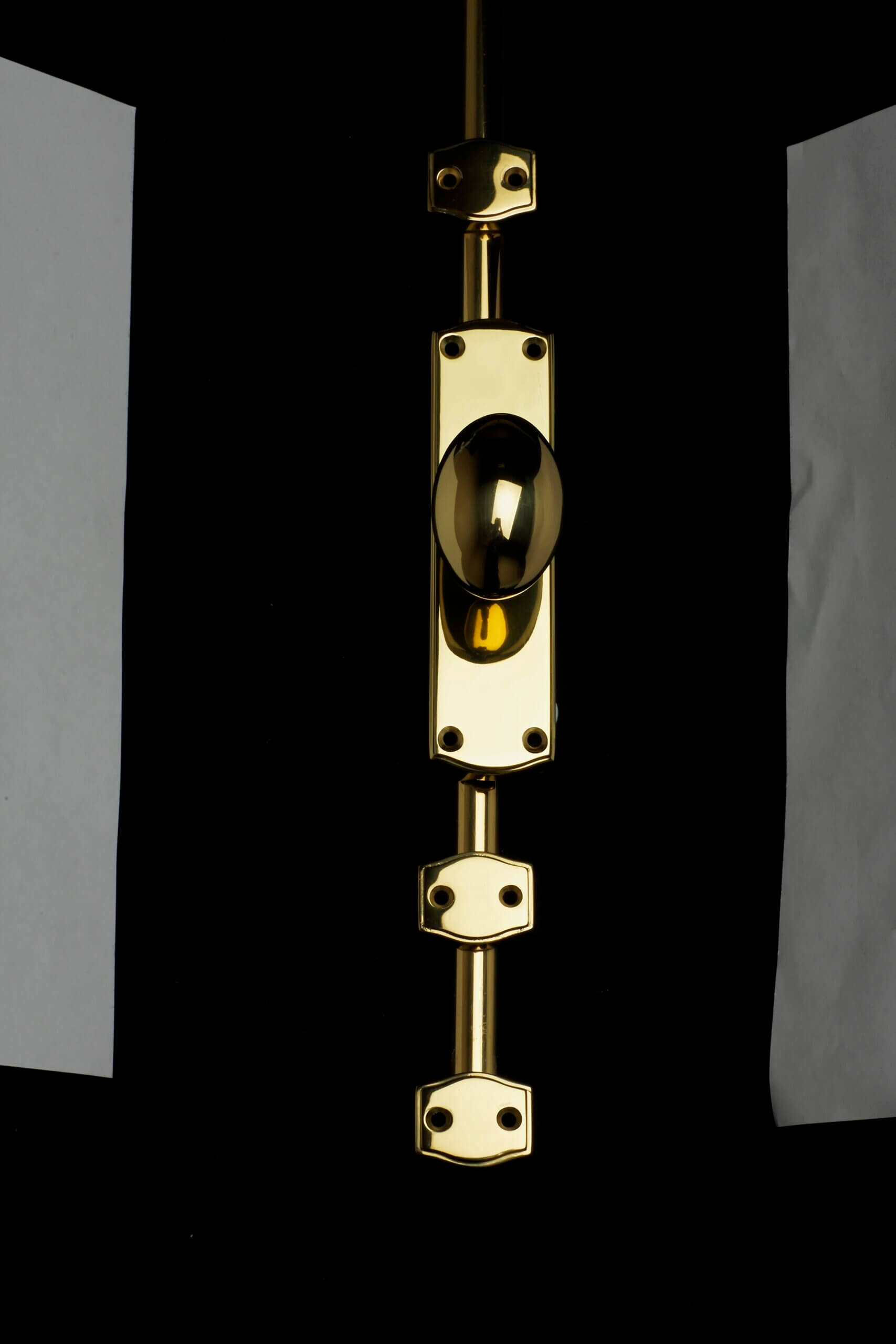If you are a homeowner with an affinity for traditional hardware, you are in for a captivating journey. In this guide, we will delve into the allure of antique door handles, techniques for identifying authentic antique hardware and the essential steps for their meticulous care and restoration.
The Allure of Antique Door Handles
Antique door handles possess a distinctive allure that is challenging to replicate. They transport you to a bygone era, infusing your interior spaces with character and authenticity. Whether you own a country residence or simply appreciate vintage aesthetics, antique door handles can serve as the cornerstone of your design. These artefacts narrate tales of the past, carrying with them a rich history that is both captivating and engaging.
The charm of antique door handles extends beyond their age; it resides in their craftsmanship. Often meticulously fashioned from premium materials, they showcase intricate designs and meticulous attention to detail. Incorporating such pieces into your home can elevate its overall ambiance, leaving an indelible impression on guests.
How to Identify Antique Hardware
Before embarking on the journey of restoration, it is imperative to distinguish genuine antique door handles from contemporary imitations. Here are some critical aspects to consider:
Materials
Authentic antique hardware is distinguished by the high quality materials from which it is made. The choice of materials, such as brass, bronze or iron, lends these pieces an enduring quality that stands the test of time.
Brass
Brass is often used for antique door handles and locks. Its golden hue imparts a warm and inviting feel to your hardware. Over the years, brass undergoes a fascinating transformation, developing a delightful patina, due to the natural oxidation and age, giving each piece a unique character that tells its story.
Bronze
Like brass, bronze is a durable material that is often found in antique hardware. It boasts a rich, elegant reddish-brown hue. Bronze hardware, when well cared for, develops a patina that can vary in colour, ranging from deep browns to greens, further enhancing the antique appeal.
Iron
Antique iron hardware is cherished for its robustness and rugged aesthetic. While iron may not display the same appeal as brass or bronze, its strength and simplicity make it an excellent choice for long-term use.
Craftsmanship
When assessing the authenticity of antique door handles and locks, craftsmanship plays a pivotal role. True antiques are often characterised by the level of detail in their design.
Handcrafted Details
Antique hardware pieces are frequently crafted by skilled artisans. They exhibit the distinctive marks of handiwork, with intricate patterns that are meticulously engraved or cast. These details showcase the dedication and artistry that went into their creation.
Intricate Engravings
Many antique door handles feature intricate engravings that tell a story or reflect the design trends of their era. These engravings may depict floral motifs, architectural elements or even historical scenes. Examining these engravings can offer valuable insights into the piece’s origin and age.
Attention to Detail
Authentic antique hardware often exhibits a level of attention to detail that sets it apart. The smallest components, such as screws and keyhole plates, are intricately designed to complement the overall aesthetic.
The craftsmanship of antique hardware is a testament to the dedication and artistry of the artisans who created these pieces, making them valuable additions to your home.
Age
The age of antique hardware can help determine its authenticity and historical significance.
Signs of Wear
Authentic antique hardware naturally exhibits signs of wear and ageing. Scratches, patina, and tarnish are all part of the journey these pieces have taken over the years. These imperfections tell a story of their use and the passage of time.
Design Evolution
Studying the design of the hardware can offer clues about its age. Different design elements were popular in different historical periods. By comparing the piece’s design to historical references, you can narrow down its age range.
Historical Context
Understanding the historical context of the hardware’s era can be invaluable. Knowledge of architectural and design trends of the time can help you pinpoint when the hardware was likely crafted.
Age not only adds to the charm of antique hardware but also contributes to its historical and aesthetic significance
Cleaning and Maintenance
Proper care and maintenance are vital to preserving the beauty and functionality of antique door handles and locks. Begin by gently dusting the hardware with a soft, dry cloth to remove surface dirt. For deeper cleaning, create a mild solution of warm water and gentle dish soap. Use a soft cloth or sponge to clean the hardware, ensuring both the handle and lock are thoroughly cleaned.
After cleaning, rinse the hardware with clean water and carefully dry it with a clean, dry cloth. To restore the hardware’s shine, use a brass or metal polish, following the manufacturer’s instructions.
Regular maintenance, including dusting and occasional cleaning, will help your antique hardware maintain its beauty and authenticity for years to come.
DIY Restoration Techniques for Minor Issues
For minor issues with antique locks, consider employing the following DIY restoration techniques. These steps can help you address small problems while preserving the lock’s original charm:
Disassembly
Begin by carefully disassembling the lock and handle, taking utmost care to keep track of each component. This process requires patience and precision to avoid damaging any parts.
Cleaning
As previously mentioned, thorough cleaning is essential. Use a mild cleaning solution and a soft cloth or sponge to remove dirt and grime. Pay close attention to detail, ensuring every nook and cranny is cleaned.
Lubrication
To ensure the lock operates smoothly, apply an appropriate lubricant. Be sure to choose a lubricant that is suitable for antique locks. Lubricating key components will prevent rust and enhance functionality.
Reassembly
Reconstruct the lock and handle meticulously, ensuring that each component is aligned accurately. This step requires a keen eye and patience to ensure all parts fit seamlessly.
Preserving Patina
One of the hallmarks of antique locks is their patina, which lends character to the piece. Exercise restraint when polishing, as excessive polishing can diminish this valuable patina. Preserve the original surface as much as possible.
Always approach the restoration process with care and respect for the lock’s age and heritage.
Vintage Door Hardware Accessories
To complement your antique door handles, consider the inclusion of vintage door hardware accessories, such as keyhole covers. These subtle elements can enhance both the overall aesthetic and functionality of your doors.
When selecting and installing these accessories, ensure their congruity with the style and era of your antique hardware.
Antique door handles are more than mere functional elements as they represent works of art that infuse your home with a sense of history and elegance. Through vigilant care, maintenance and occasional restoration, you can be sure that these treasures continue to grace your doors for generations to come.







